
If Guanacaste knows how to do anything, it’s learn from its problems and be a model for the country and the world. The agricultural industry came up with the idea of using satellites to make farming more efficient after years of relying on traditional methods. The region has the highest rate of cervix cancer in all of Costa Rica and came up with the idea of creating a research center to discover better techniques for detecting the disease and fighting it. To diversify the number of majors offered, the province came up with the leading technology university.
Innovation has allowed the province to stand out with great potential for high-tech companies in the country. While most look to just one canton, Liberia, its impact permeates the rest of the province.
These efforts are just the beginning of removing the region from the list of those with the highest unemployment rates in the country. But for all those involved, that’s the path Guanacaste must continue down in order to continue to make Costa Rica great.
1. Heart of Renewable Energy
Guanacaste provides almost 40% of the nation’s electricity. It’s also the only region in the country that produces electricity with five renewable sources, including water, geothermal, wind, biomass and solar. And there is still potential to continue developing more clean energy.
In 2018, solar energy only accounted for 0.09% of the nation’s power and the province has the means to change that outlook. Guanacaste is home to the longest hours of daylight in all of Costa Rica.
The electricity distributor Coopeguanacaste has three renewable energy projects in the pipeline to develop over the next five years, and one of them is a solar panel park in the district of Huacas, Santa Cruz. The other two are biomass and wind power. In the case of the Costa Rican Electricity Institute, investments will be in geothermal with its two new plants, Pailas II and Borinquen I. The first will begin operations in the second half of 2019 in Liberia (Rincón de la Vieja) and the second in 2026.
2. Pioneer in DUAL Education
Dual education combines academic instruction with practical experience in companies. In Costa Rica, there is a university that follows this model and it is located in Cañas, Guanacaste. It’s called Invenio.
According to Pietro Malavasi, the university’s operating director, Invenio is the only dual university in Central America and the only one in Latin America that offers majors in information technology and mechanical engineering under that model.
In order to offer three months of classroom work and three months in a company, the university maintains a network of 85 national and foreign companies that provides employability to almost 100% of its students.
While dual education is debated in the rest of the country, the university is consolidating its own free trade zone on campus, where two companies in information services and product design for industrial maintenance already have operations.
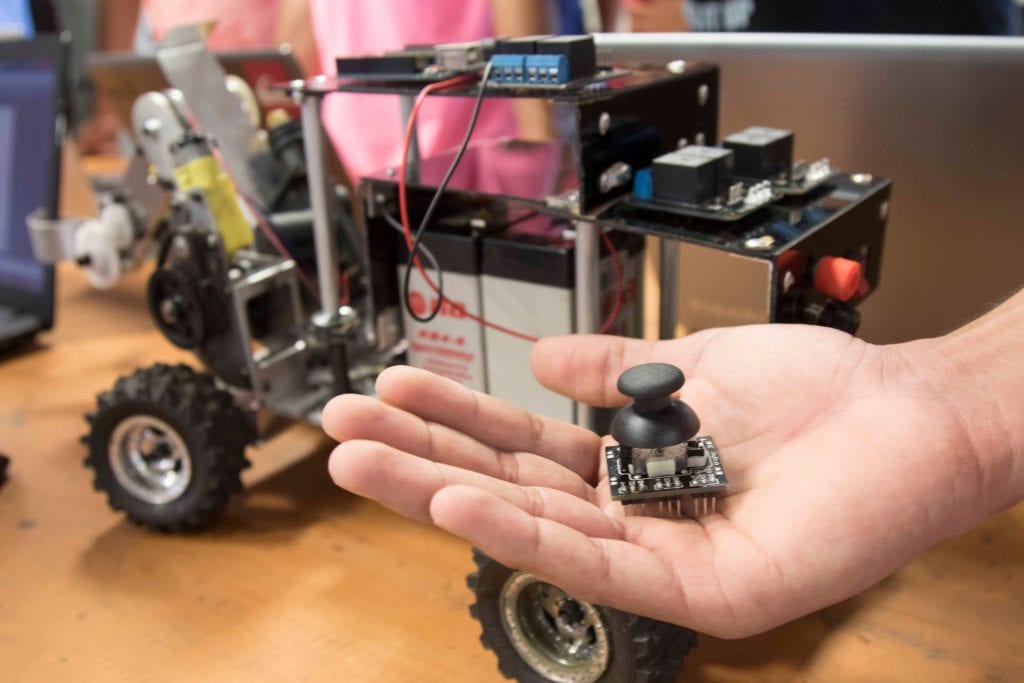
In December 2017, Universidad Invenio graduated its first 20 students from the Mechatronic, Industrial, and Information Technology and Business Communication careers in its dual modality.
3. Farming Satellites
The precision agriculture center at Earth University was born four years ago in Guanacaste with the idea of showing that technology is an ally to agriculture. Today, it has a diagnostic model for farms that isn’t just sold at cost to small and medium producers in the province, but also to producers in other regions of the country.
The center monitors crops in real time and determines via space equipment like satellites and drones what is lacking and how much in order to save money and improve the yields of that which is used. Meanwhile, the center trains young students at technical colleges on the use of new technologies. It has already trained more than 200 people.
4. The Hydrogen Economy
Astronaut Franklin Chang’s research Lab, Ad Astra Rocket, has a clear idea of what it wants, and that’s seeing hydrogen powered vehicles in Costa Rica with Guanacaste being the first place to have them. Its contribution will be designing, building and operating hydrogen stations that will provide hydrogen to these vehicles across the country.
A team of nine professionals in Liberia – three of them originals from Guanacaste – are working on a business model to launch a fleet of 10 hydrogen buses in the near term as an example to show that the technology can be used in the country.
An agreement between the company and other allied firms, such as the Las Catalinas resort, are proof of Ad Astra’s bet. Four hydrogen vehicles have been circulating since May emitting zero emissions in the province, exclusively for guests who reserve the car through an app.
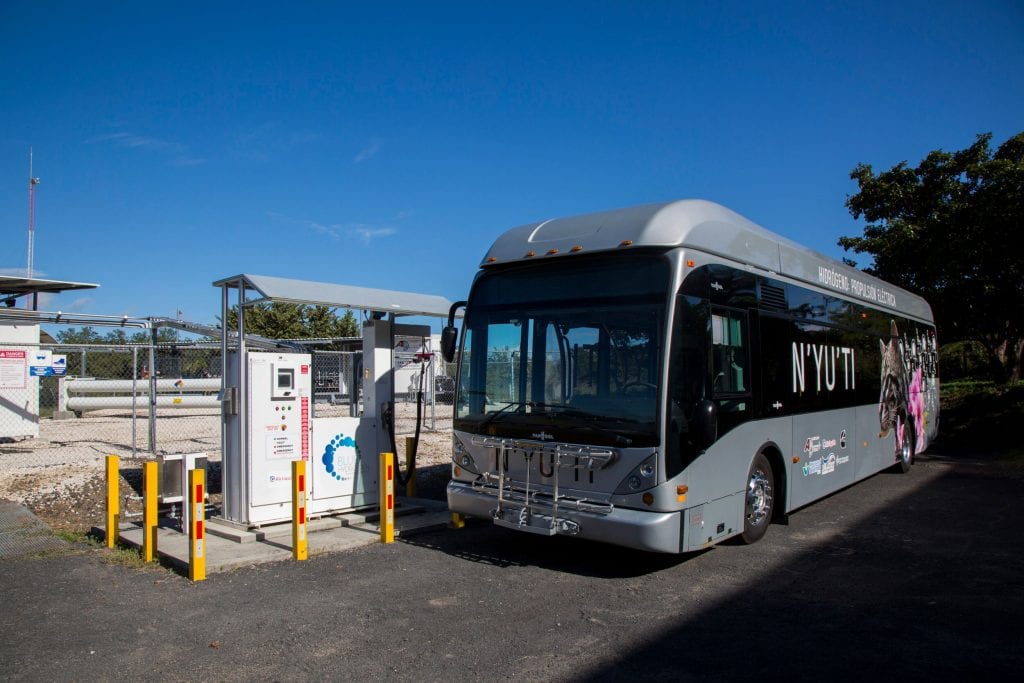
The first electric hydrogen bus in the country was thought of in Guanacaste.
5. The Health Revolution
All our knowledge has been created in Guanacaste. We hope this new study has a global impact on health,” Carolina Porras, center researcher and microbiologist.
Costa Rica could confirm to the world in 2025, via a laboratory in Guanacaste, if a single dose of the vaccination against the human papillomavirus is equal in effectiveness to the two doses that the world health organization currently recommends, and is applied nationally by the Social Security Institute to prevent the disease.
The Biomedical Research center, which will open in August, hopes to reduce vaccination costs with the results, making it more accessible to countries that haven’t been able to introduce it.
Women in Guanacaste are a major part of this. Their participation in research has allowed the center to observe changes in the disease.


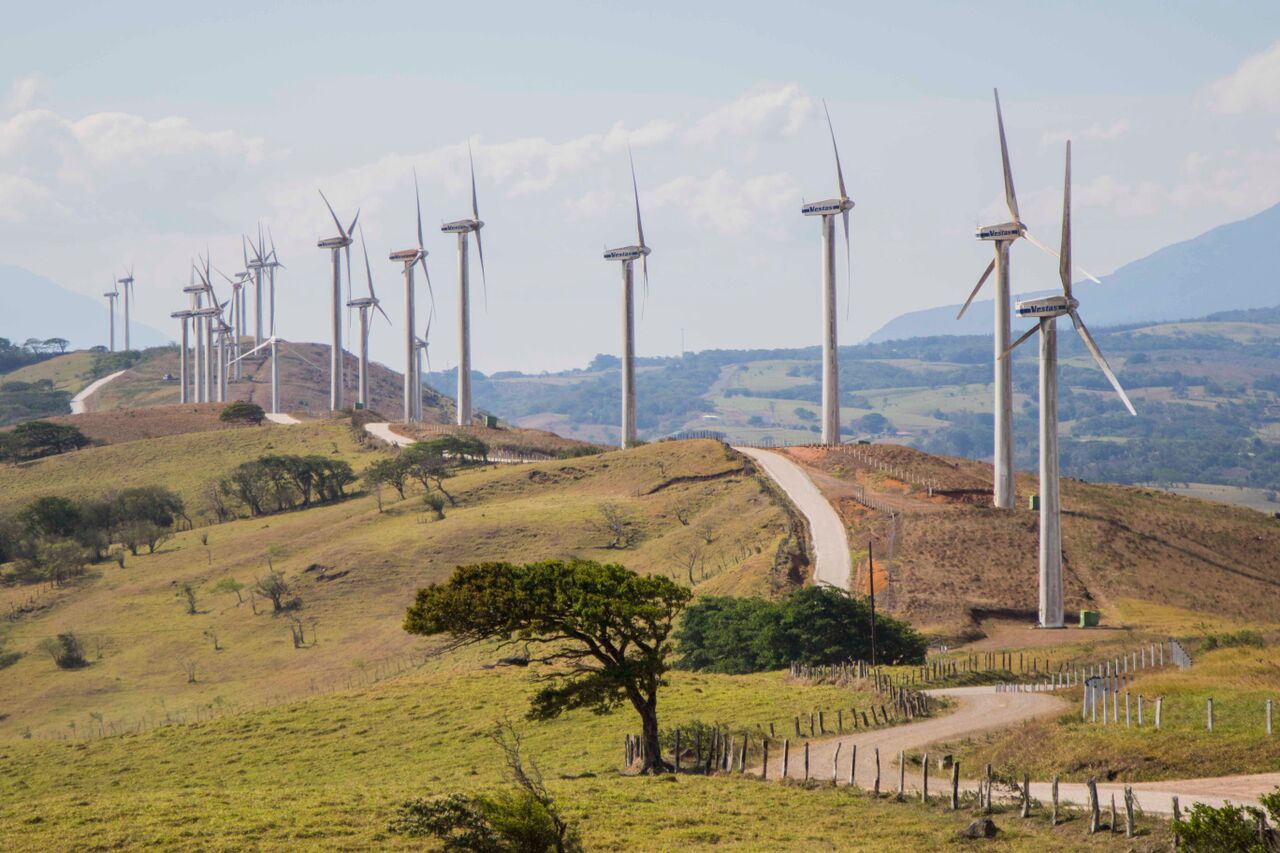
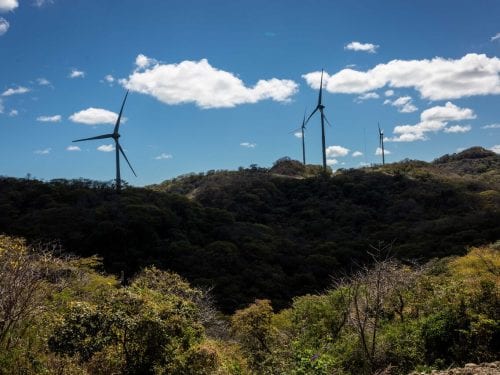
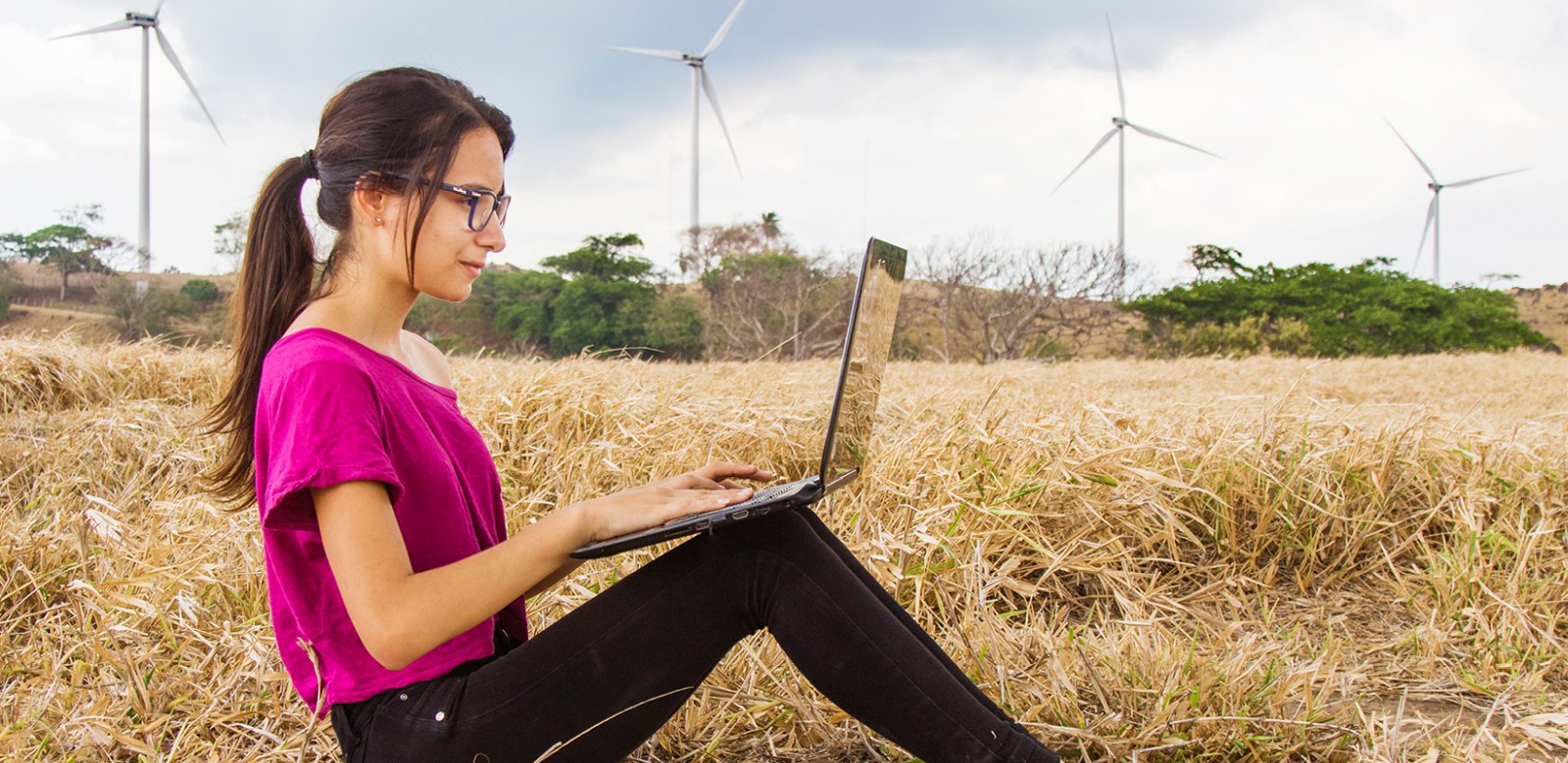
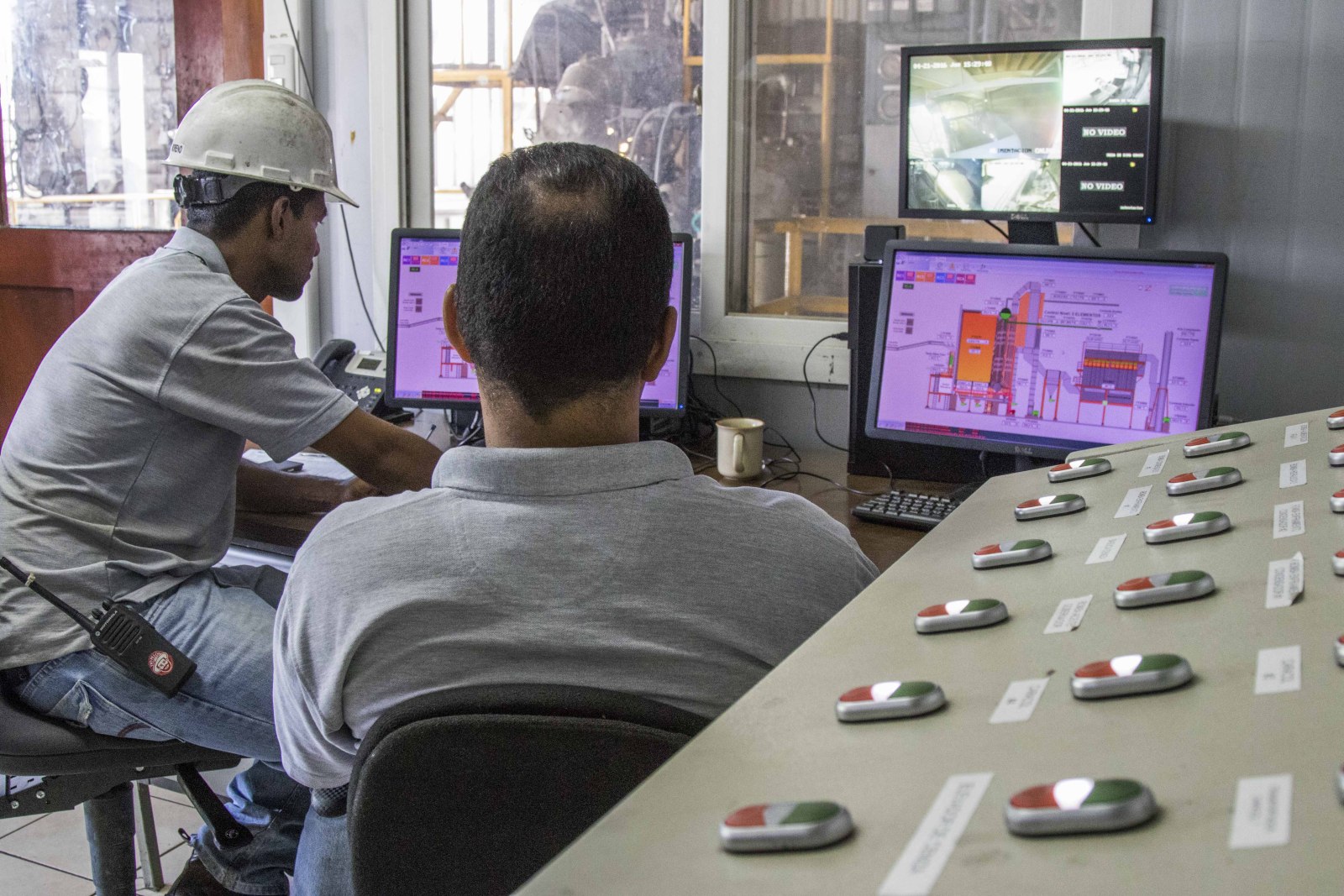

Comments